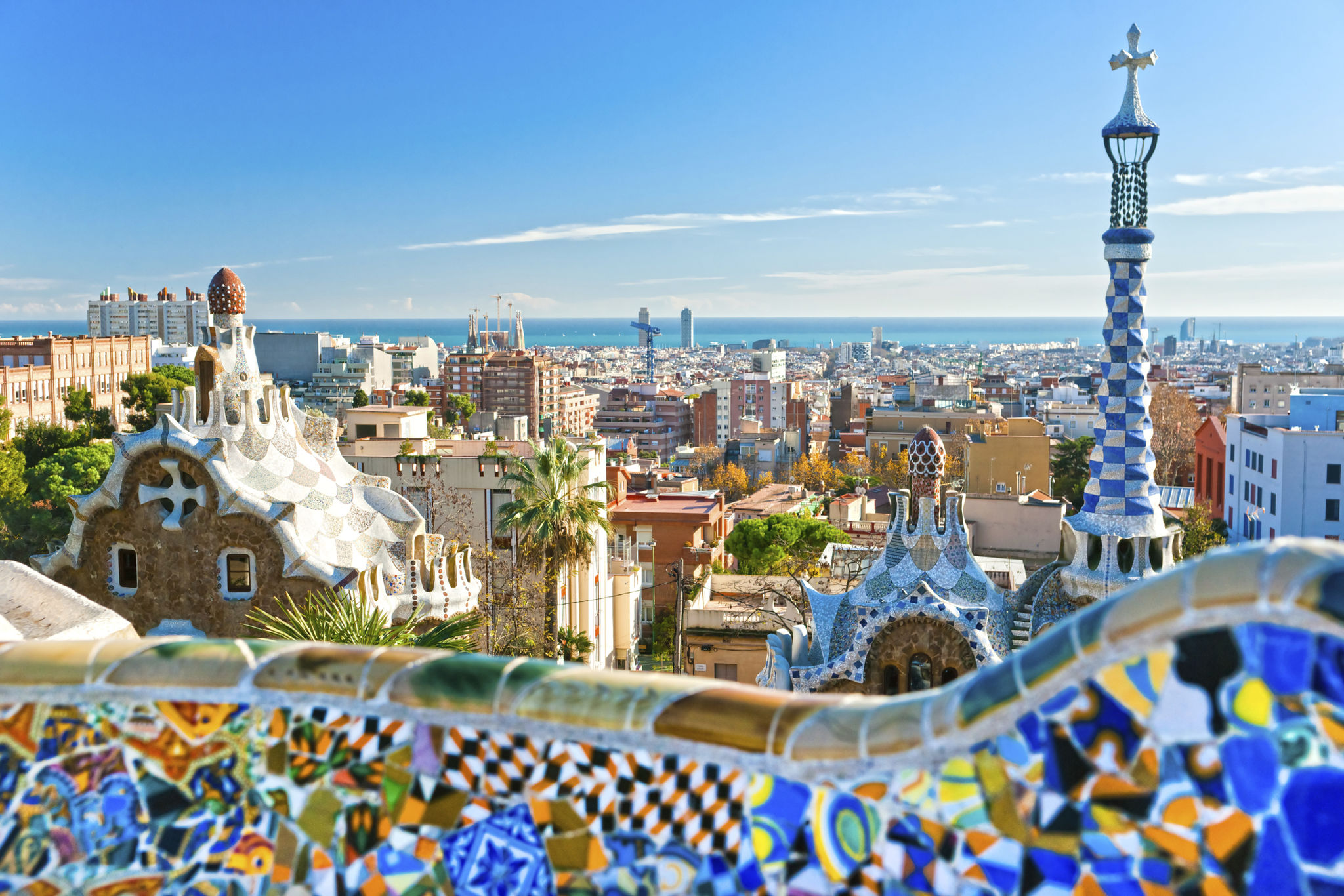The Influence of Spanish Culture on Mosaic Art
The Rich Tapestry of Spanish Mosaic Art
Mosaic art has an extensive and diverse history, with roots that trace back to ancient civilizations. However, it was the unique influence of Spanish culture that elevated this art form to new heights. The vibrant and intricate designs seen in Spanish mosaics are a testament to the cultural fusion that took place over centuries.
Spanish mosaics are renowned for their bold colors and geometric patterns. This distinctive style is deeply influenced by the myriad of cultures that have left their indelible mark on Spain. From the Romans to the Moors, each civilization contributed elements that enriched and diversified mosaic art.

Roman and Moorish Influences
The Romans introduced mosaic techniques to Spain, focusing on natural scenes and mythological subjects. These early works laid the foundation for what was to come. When the Moors arrived, they brought with them a penchant for intricate geometric patterns and vibrant colors, which soon became a staple in Spanish mosaics.
The Moorish influence is particularly evident in the use of arabesques and tessellations. These designs not only added complexity but also a sense of movement and fluidity. This period marked a significant evolution in the art form, transforming mosaics into a medium that celebrated both beauty and mathematical precision.
The Impact of Regional Styles
Spain's diverse regions each offer their own unique take on mosaic art. In Catalonia, the modernist movement spearheaded by Antoni Gaudí brought a new dimension to mosaics. Gaudí’s work, especially in Barcelona’s Park Güell, showcases an innovative use of broken tile mosaics known as "trencadís."

In contrast, the Andalusian region reflects a more traditional approach, heavily inspired by Islamic art and architecture. The Alhambra in Granada is a prime example, with its stunning tile work that exemplifies the harmony between structure and decoration.
Modern Interpretations and Legacy
Today, Spanish mosaic art continues to inspire artists worldwide. Contemporary mosaicists often blend traditional techniques with modern themes, creating pieces that pay homage to their cultural heritage while pushing the boundaries of the medium.
Additionally, mosaic art has found its way into everyday life in Spain, from public spaces to private homes. This accessibility ensures that the art form remains vibrant and relevant, continuously evolving with each new generation of artists.

The Enduring Appeal of Spanish Mosaics
The enduring appeal of Spanish mosaics lies in their ability to capture the essence of Spain's rich cultural tapestry. They are a visual representation of the country's history, showcasing the blend of influences that have shaped Spain over the centuries.
Whether through traditional designs or modern interpretations, Spanish mosaics continue to captivate and inspire. They are a testament to the power of cultural exchange and artistic innovation, ensuring their place as a cherished art form for generations to come.
